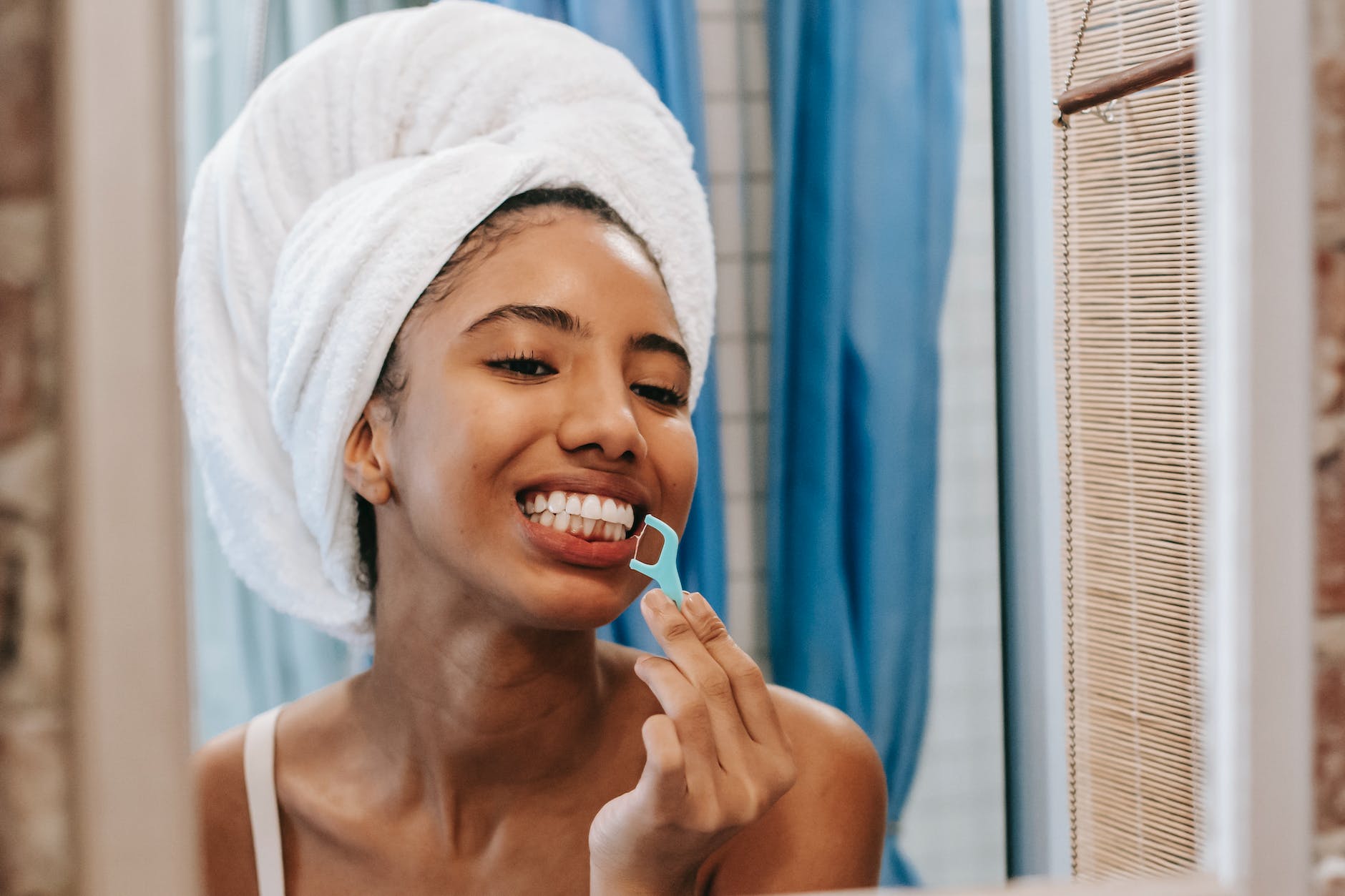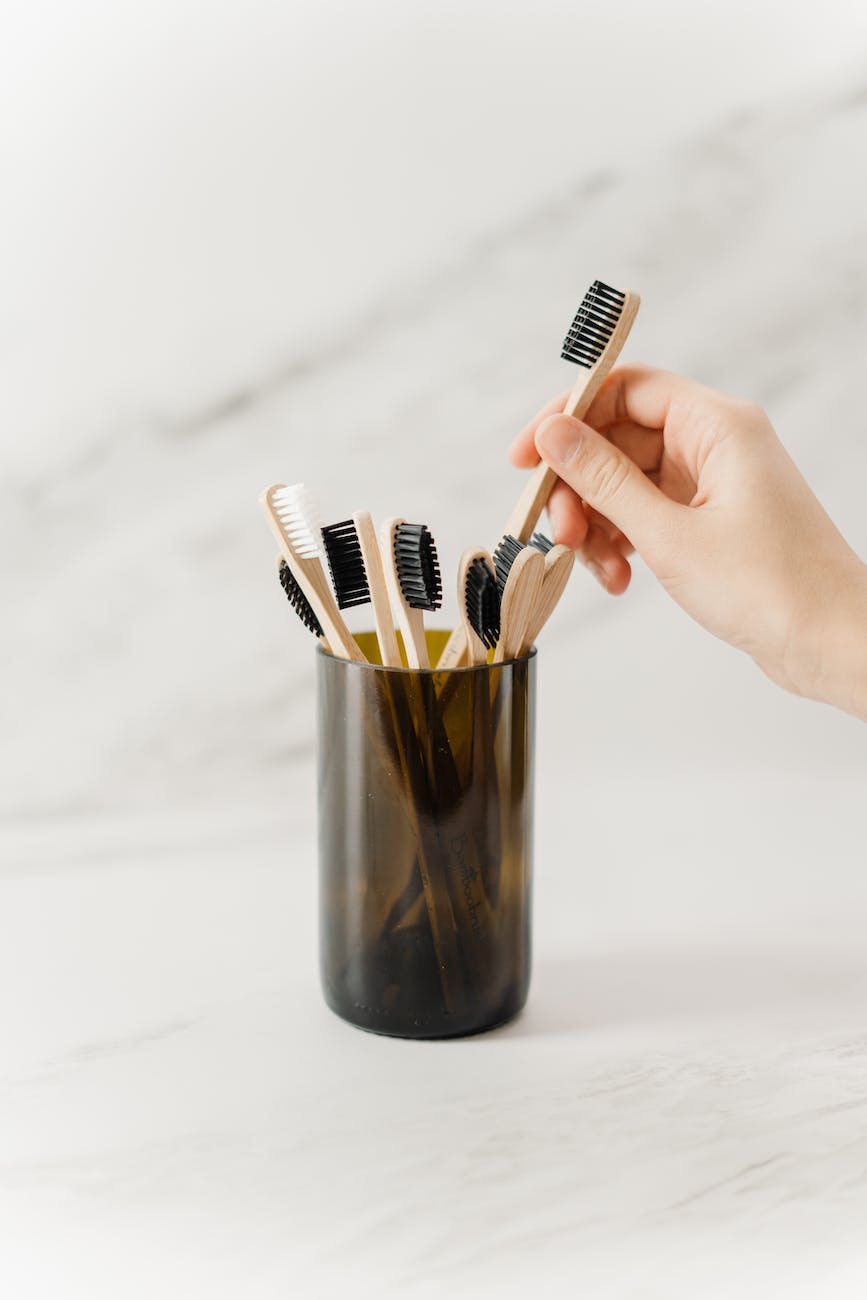Table of Contents
Introduction
It is absolutely necessary to practice good dental hygiene in order to have a healthy smile. Even while going to the dentist on a routine basis is absolutely necessary, taking care of your teeth and gums on a daily basis at home is just as important if not more so in maintaining good oral health.
Today, we will discuss seven practical strategies for teeth cleaning that you can simply include in your daily practice, which will ultimately result in a smile that is whiter and healthier.
Brushing Technique

To get started, choose a toothbrush with gentle bristles and toothpaste containing fluoride. Brush your gums carefully using gentle circular motions while holding your toothbrush at a 45-degree angle against your gums.
Take the first step to a better Oral health!
Get tips on Oral health and discover ways to improve your Dental health. Sign up today
Pay close attention to the front, rear, and chewing surfaces of each individual tooth. Brush your teeth for a total of at least two minutes, twice a day, making sure to get into every crevice of your mouth.
Don’t Forget Your Tongue

Remember to brush your tongue in addition to your teeth when you brush your teeth. It’s possible for bacteria to build up on the surface, which can lead to concerns with dental health and foul breath.
To get rid of bacteria and keep your breath smelling fresh, scrape or brush your tongue gently. You can also use a tongue brush.
Flossing Matters

Simply brushing your teeth won’t be enough to clean the areas that are so close together. Plaque and food debris can only be removed effectively if you floss your teeth on a consistent basis.
Take a piece of dental floss that is approximately 18 inches long, wind it around your fingers, and then carefully move it between each of your teeth in a “C” shape.
To eliminate debris, glide the floss both up and down between your teeth, and don’t forget to floss behind your back teeth as well.
Mouthwash for Added Protection

Incorporating the use of an antibacterial mouthwash into your regular oral hygiene practice can lend further defense against the development of plaque and gum disease.
After brushing and flossing your teeth, gargling with mouthwash for thirty seconds will help remove any remaining bacteria and leave your breath smelling minty and fresh.
Choose Tooth-Friendly Foods

Your oral health can benefit from maintaining a healthy diet in the same way that it can from maintaining a healthy body generally. In order to maintain healthy teeth, it is best to consume foods that are high in calcium, such as almonds, leafy greens, and dairy products.
It is important to limit your intake of foods and beverages that are high in sugar and acid because these things can contribute to tooth disease and enamel erosion.
Limit Coffee and Tea Stains

Coffee and tea drinkers and tea drinkers may notice that their teeth become stained over time from drinking these beverages.
Consider cutting back on your consumption or drinking through a straw to reduce the amount of time that the staining agent is in touch with your teeth.
After drinking something that can stain your teeth, give your mouth a quick rinse with water to remove any residue.
Replace Your Toothbrush Regularly

Every three to four months, or sooner if the bristles get ragged, you should change your toothbrush to ensure that it continues to effectively clean your teeth.
If your toothbrush is worn out, it may be less effective at eliminating plaque and may even cause damage to your gums if you continue to use it.
Conclusion
At-home oral hygiene routines that are up to par are the foundation of a radiant smile. You can keep your teeth and gums healthy and attain a brighter smile by following these guidelines for cleaning your teeth, which include the correct technique for brushing your teeth, flossing, and cleaning your tongue, as well as keeping a diet that is tooth-friendly.
Keep in mind that going in for routine dental checkups is absolutely necessary if you want to address any underlying problems and keep your oral health in pristine condition. Take good care of your teeth so you may smile with the assurance that comes from knowing your mouth is healthy.
- Steiner’s Cephalometric Analysis – Free cephalometric analysis - June 7, 2025
- COGS CEPHALOMETRIC ANALYSIS – FREE TO USE - June 7, 2025
- Can You Eat on Root Canal Treated Teeth? Everything You Need to Know - May 18, 2025



